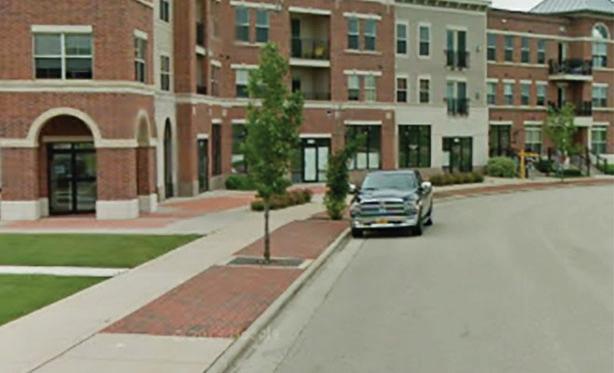CHAPTER 4 ED S 37 40 40 42 46
Administration Retention & Expansion Marketing & Events Recruitment & Attraction Redevelopment Opportunities
Choosing the right economic development strategy can be difficult for a small- to mid-sized community due to a lack of critical mass, remoteness, and/or proximity to metropolitan areas. Therefore it is important to look beyond just the traditional needs-based economic development approach, and consider pursuing asset-based economic development strategies. An asset-based strategy involves a community leveraging its existing local resources (i.e. natural environment, socio-cultural, and economic advantages) to strengthen its local economy. These include existing industry clusters, human capital, natural resources/amenities, infrastructure network, and reuse of underutilized buildings/sites. This Chapter will discuss Black River Falls’ economic development strategies, which will focus on both needs-based and asset-based strategies. See Chapter 5 for recommended funding to help implement the actions described in this chapter.
4.1 A
(A)
Many of the strategies identified in this section presume the use of existing City implementation tools. These include operational tools (e.g. annual budget process, capital improvement program), regulatory tools (e.g. land use regulations, building codes, housing codes), and funding tools (e.g. tax increment financing, and state / federal grant programs). To further enhance the marketability of Black River Falls, the City may also consider the administrative actions listed within this section.
A-1: Organization During this study it was apparent that there are several organizations working to further goals and development in the City; however, they are working together and independently to varying degrees. It imperative that there is one organization spearheading the effort and keeping the other organizations well informed and involved. The City could consider forming an Economic Development Commission/Board with representatives from varying groups (e.g., broad range of people, including the City Council, Chamber of Commerce, Downtown Association, Downtown Business Improvement District (BID), local businesses, residents and regional partners). Consider asking this members to commit to a 3-year term of service, with expectations that projects will be initiated and completed within that period. This commission/board should meet at least every quarter to discuss and push forward the varied actions outlined in this Plan (see Chapter 5). The commission/board initiatives can include, but are not limited to, applying for economic development related grants, marketing potential development sites and events, and forming mutuallybeneficial partnerships with local and regional entities. It is also encouraged to consider setting up an educational component, such as presentations from local/regional partners (e.g. 7 Rivers Alliance).
A-2: TIF District Creation The City currently has six active TIF Districts (TIDs). As shown in Figure 4.1 (on the next page), TIDs #3-6 are within the City’s commercial corridors discussed in this Plan. The Down-
Retail Market Strategic Plan 37



